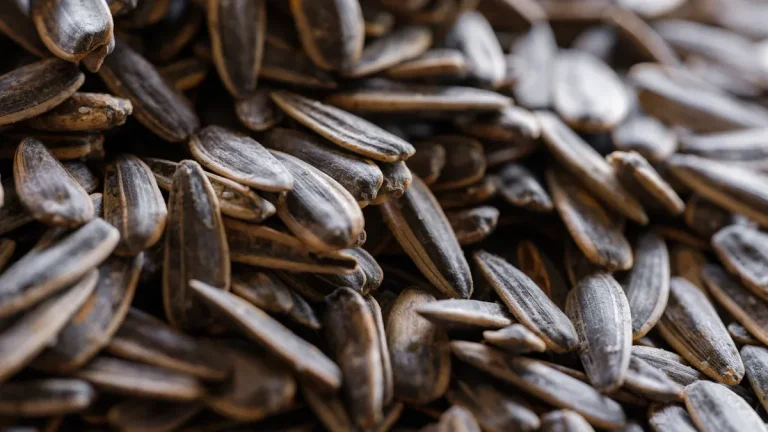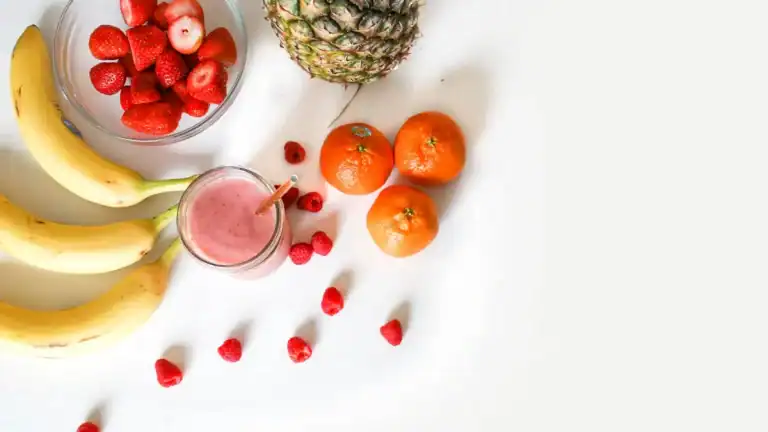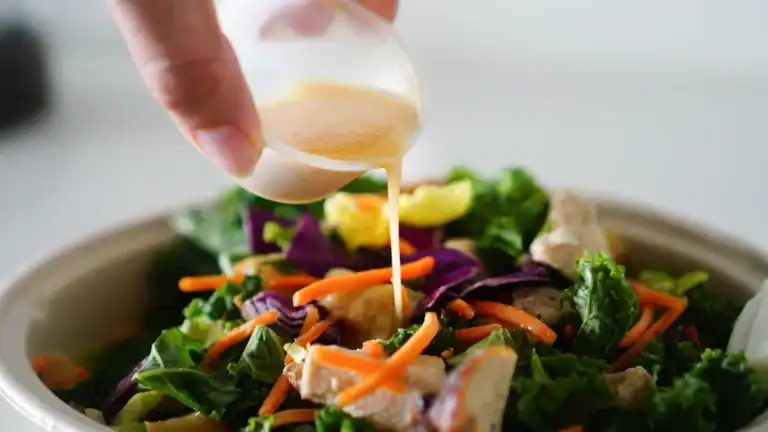Baking chocolate often comes in pre-measured squares, but how much do they actually weigh? Many home cooks assume these small blocks vary in size, creating confusion as following recipes. The truth is simpler: each square typically equals one ounce, making conversions straightforward. This standardization helps guarantee consistent results, whether melting chocolate for frosting or chopping it into cookies. Understanding this basic measurement prevents kitchen mishaps and builds confidence for bakers at any skill level.
Chocolate Squares in Baking
A square of baking chocolate is a small but potent ingredient in many recipes, and comprehending its measurement is essential to perfect results. Identifying common chocolate measurements helps bakers adjust recipes accurately. One square of baking chocolate equals one ounce, meaning six squares make up a cup—the same as six ounces of chocolate chips. Substituting chocolate types in recipes requires knowing these conversions for consistency.
Unsweetened, semi-sweet, or dark chocolate can often be swapped, though sweetness levels may differ. Liquefied chocolate behaves differently than chips, but measuring by weight guarantees precision. Recipes sometimes list chocolate in squares or cups, so acknowledging these equivalents prevents mistakes. Mastering these basics builds confidence, whether baking brownies or tempering ganache for a silky finish.
Standard Measurement for Baking Chocolate
Baking chocolate follows standard measurements to make recipes consistent and easy to follow. Converting chocolate amounts is simple because each square equals one ounce, guaranteeing precision when baking with chocolate squares. This standardization helps avoid confusion and assures reliable results.
One Square, One Ounce: A single square of baking chocolate weighs one ounce, making it easy to measure for recipes.
Six Squares, One Cup: Six squares (or six ounces) equal one cup, a common measurement in baking.
Interchangeable with Chips: Six ounces of chocolate chips also equals one cup, offering flexibility in recipes.
These clear measurements remove guesswork, allowing bakers to focus on creativity. Whether melting squares or using chips, the consistency in weight assures balanced flavors and textures. Standardized sizes simplify adjusting recipes, making baking more accessible for everyone.
Converting Chocolate Squares to Ounces
Converting chocolate squares to ounces is straightforward because each square is designed to make measuring simple. Comprehending chocolate ratios, bakers can easily scale recipes by converting chocolate amounts without guesswork. Below is a quick reference for common conversions:
| Chocolate Squares | Ounces | Cups |
|---|---|---|
| 1 | 1 | 1/6 |
| 3 | 3 | 1/2 |
| 6 | 6 | 1 |
| 8 | 8 | 1 1/3 |
Since each square equals one ounce, adjustments are intuitive. For example, doubling a recipe that calls for two squares means using four squares—or four ounces. This consistency simplifies baking, ensuring accuracy without complex math. Whether melting for brownies or chopping for cookies, perceiving this conversion keeps measurements precise. The table above helps visualize the relationship between squares, ounces, and cups, making it easier to adapt recipes.
How Many Ounces in a Square of Baking Chocolate
- Standard Equivalence: One square = 1 ounce, guaranteeing consistency across recipes.
- Scaling Up: Six squares (6 ounces) fill a standard cup measure, ideal for bulk preparations.
- Versatility: Ounces and squares interchange easily, lessening bewilderment during ingredient prep.
This system helps bakers avoid guesswork, ensuring accuracy whether melting, chopping, or grating. Comprehension of these basics guarantees smoother baking experiences, particularly when substituting forms like chips or blocks. Clear measurements remove uncertainty, allowing flavors to shine without math-related stress.
Using Chocolate Squares in Recipes
Recipes often call for chocolate squares, but measuring them correctly guarantees the right texture and flavor. While a recipe lists chocolate in squares, ounces, or cups, comprehending the conversions aids in avoiding errors.
Substituting chocolate types, like chips for squares, could necessitate adjustments to sustain the dish’s balance.
Measuring Chocolate Squares
Many baking recipes call for chocolate squares, but not everyone comprehends precisely how much chocolate that signifies. Chocolate squares are pre-portioned pieces from a chocolate bar, and their size varies in accordance with brand. Cognizance of chocolate bar size and chocolate square dimensions guarantees accurate measurements for recipes.
Standard Sizes: Most baking chocolate bars are 4 ounces, divided into 1-ounce squares, making each square about 1 inch by 1 inch.
Weight Variations: Some brands offer smaller or larger squares, so verifying the packaging for ounces per square is key.
Measuring Alternatives: Provided a recipe requests squares but only chunks or chips are available, a kitchen scale ascertains the right amount.
Knowing these details helps avoid guesswork and guarantees consistent results in baking.
Substituting Chocolate Types
Swapping chocolate squares for other forms, like chips or bars, often arises whenever a recipe lists them but they’re not on hand. For dark chocolate substitution, unsweetened cocoa powder mixed with fat (like butter or oil) can function, utilizing 3 tablespoons cocoa and 1 tablespoon fat per ounce.
Milk chocolate substitution is trickier—adding sugar and dry milk powder to dark chocolate helps replicate its sweetness and creaminess. Chips or chopped bars can replace squares if measured by weight, but chips may melt differently due to stabilizers.
Since chocolate types vary in fat and sugar, adjustments might be needed for texture or sweetness. Recipes relying on melted chocolate, like ganache, are more sensitive to substitutions than baked goods. Evaluating small batches ensures the swap works without compromising flavor or texture.
Substituting Chocolate Squares in Baking
In the event a recipe calls for baking chocolate squares but the pantry contains solely chocolate chips or cocoa powder, comprehending the proper substitutions can address the situation. Chocolate ratio computations guarantee precision, as one square equals one ounce.
For chocolate portion sizes, six squares (six ounces) match one cup of chocolate chips. Cocoa powder necessitates modifications—combine three tablespoons with one tablespoon of fat (like butter) per ounce of baking chocolate.
- Chocolate Chips: Utilize 1 cup (6 ounces) to replace 6 squares.
- Cocoa Powder: Mix 3 tbsp cocoa + 1 tbsp fat per square.
- Melting Tips: Gently stir chips over low heat to replicate baking chocolate’s smooth texture.
Recognizing these substitutions prevents recipe mishaps while maintaining flavor and consistency.
Tips for Measuring Baking Chocolate Accurately
Measuring baking chocolate precisely can make the difference between a recipe that turns out just right and one that misses the mark. Start by checking the chocolate variety selection—some brands may have slightly different square sizes, so weighing it guarantees precision.
For recipes calling for squares, remember one square equals one ounce. Should you use chocolate chips instead, adjust measurements carefully: six ounces (or one cup) equals six squares. Baking recipe adjustments might be needed if substituting chips, as their shape affects melting.
A kitchen scale helps avoid guesswork, especially when breaking bars into pieces. For cocoa powder substitutions, follow trusted conversion charts. Keeping these tips in mind ensures consistent results, whether making brownies, cakes, or truffles. Accuracy matters, so take the extra step to measure correctly.
Conclusion
In baking, precision matters—and chocolate squares deliver just that. Like a trusted friend, each square reliably equals one ounce, ensuring recipes turn out right. Whether melting, chopping, or folding, this simple ratio keeps measurements effortless. So next time a recipe calls for chocolate, recall: one square, one ounce, no guesswork needed. After all, baking is science, and every ounce counts.




